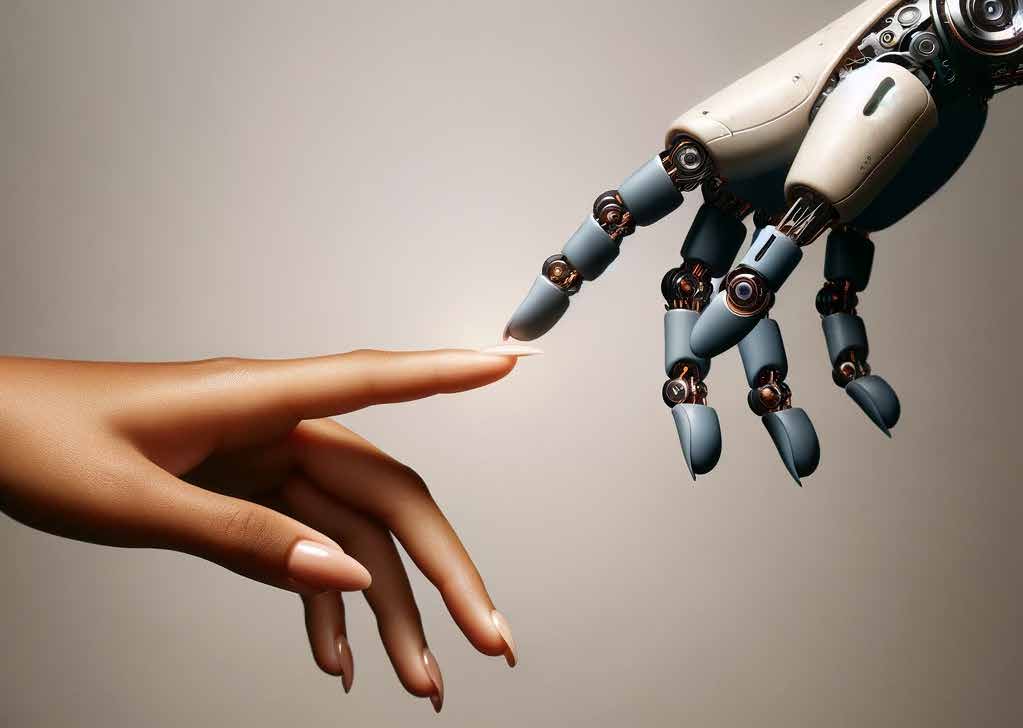-
HR Solutions
- Leadership Solutions
-
Talent and leadership development solutions that drive measurable business results.
The executive support you need for tackling obstacles that lead to meaningful workplace change.
- Brand Partnerships
-
Explore strategic partnership opportunities with SHRM, designed for impactful collaboration and business growth.
- Leadership Solutions
HR Daily Newsletter
New, trends and analysis, as well as breaking news alerts, to help HR professionals do their jobs better each business day.
Success title
Success caption



